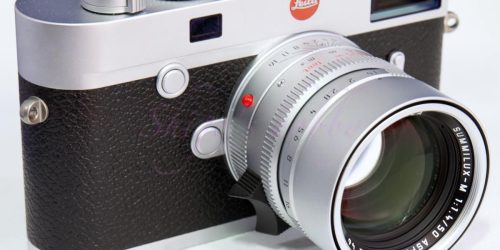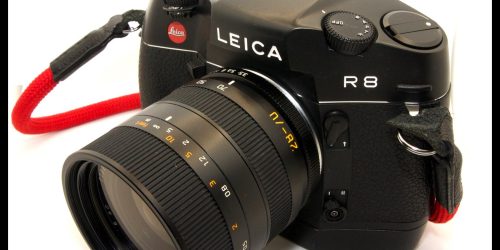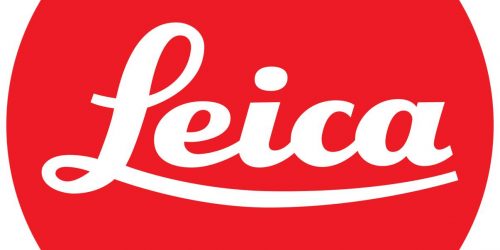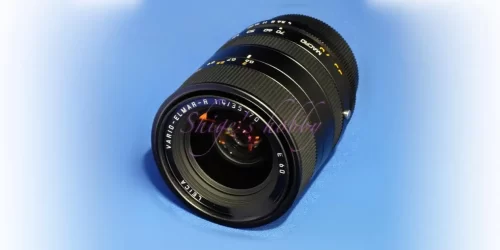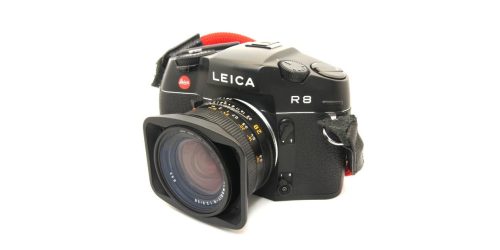LEICA SUMMILUX R 80mm
Review and photo examples of the Summilux 80mm f/1.4 medium telephoto lens for the Leica R
Table of contents
Gallery
Photo example by LEICA SL typ601
Review
The Leica Summilux R 80mm is a large aperture medium telephoto lens for the Leica R mount.
The lens was manufactured from 1980 to 2009, and although there are minor differences in specifications, the lens barrel with a built-in lens hood has been the same since its initial release. 3CAM, RCAM, and ROM mounts are available, and the lens can be used with the R3 and later SLR Leicaflex bodies.
The minimum focusing distance is 0.8 m. The lens was manufactured for a long period of time, with approximately 12,000 lenses made over a 29-year period.
The image circle of this lens is wide, covering the HASSELBLAD / FUJIFILM semi-medium format sensor size (44mm x 33mm).
The individual in my possession is a ROM lens in very good condition with only minor scratches on the focusing ring.
The DMR records only the focal length in EXIF.
Around the same time as the release of the 80mm Summilux R, Leica also released the 75mm Summilux M, which has almost the same lens configuration. 75mm focal length is a natural choice for a medium telephoto lens because M-type lenses are designed to fit the viewfinder frame of the camera.
The reason why the focal length of this lens was chosen to be 80mm is that Leica’s lineup of SLR lenses from standard lenses onward consists of 50, 60, and 90 lenses, and either 70 or 80 would be a better candidate than 75mm because of the good numerical sequence when the last number is set to 0, and also because of the fact that the focal length of the lens was set to 80mm in the 1980s. In the 1980s, 85mm was the most popular interchangeable portrait lens for SLR cameras of other manufacturers, so if a large-aperture lens for portraits was to be created, 80mm would be a more natural choice than 70mm.
From other perspectives, if the focal length is extended to 90mm by skipping the 70 and 80mm lenses, it will be difficult to share the design with the 75mm lens first.
The maximum lens diameter is 64.3 mm, and the final lens barrel diameter would increase by about 10 mm to 74 mm if the lens barrel rigidity and mechanical parts are added. This is a large and thick lens, and the price is expected to be high.
In later years, Leica has released two large-aperture lenses, the NOCTILUX M 75mm F1.25 in 2018 and the SUMMILUX M 90mm F1.5 in 2021, both of which are expensive and have a maximum lens diameter of 74mm, and the 90mm F1.4 for SLRs that we speculated earlier will have a similar The 90mm f/1.4 lens for SLRs, which we speculated earlier, would have had a similar lens size and price, which would not have been very acceptable in the 1980s.
I think it is only possible with Leica lenses to have various fantasies from a single lens.
There must be a large number of this lens distributed in Japan, and it was often seen in the used market in the 2000s. However, as is the trend with R-mount lenses in general, it has become a bit of a rarity in recent years.
It is a medium telephoto lens with no protrusion of the rear element, so it can be used with the EOS-1DsMKIII without any problem. f/1.4 is a bright lens, so it is easier to focus if the focusing screen of the EOS is set to Ec-S with Super Precision Mat.
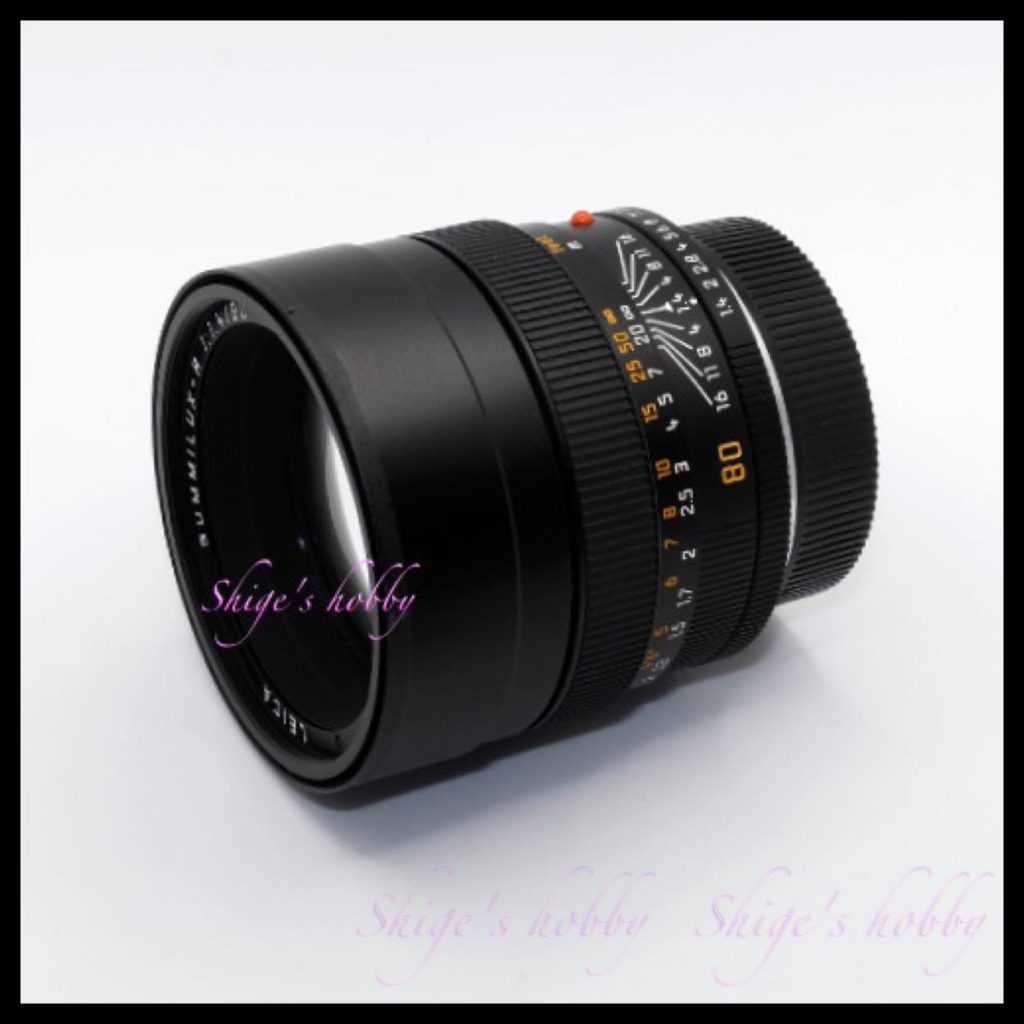
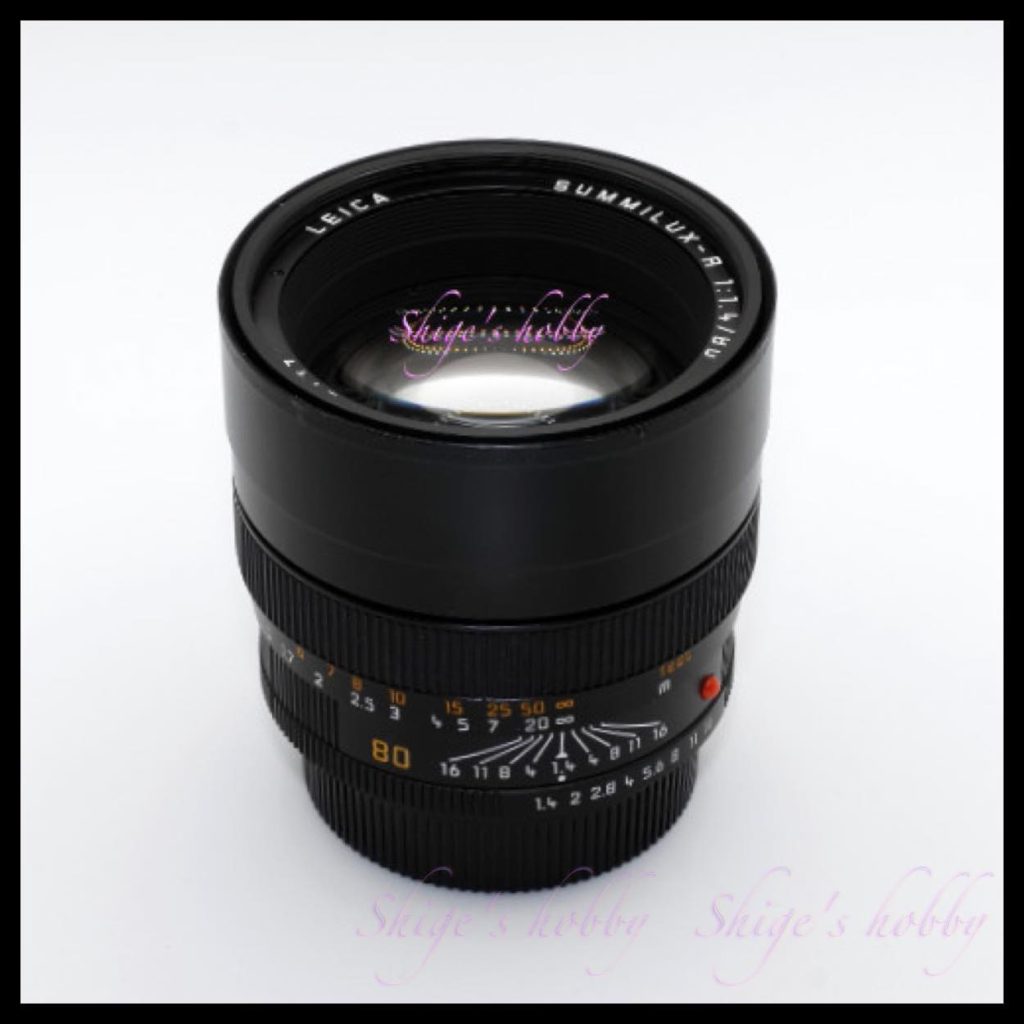
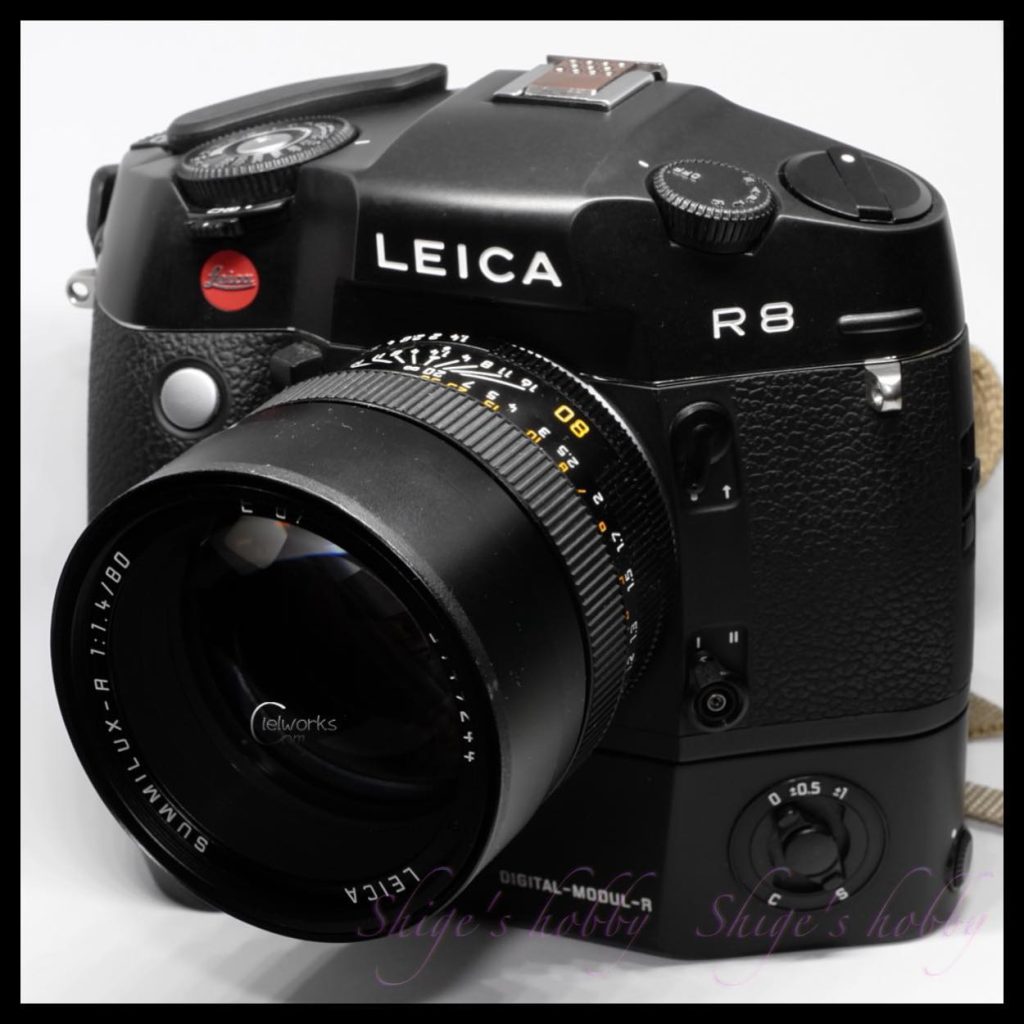
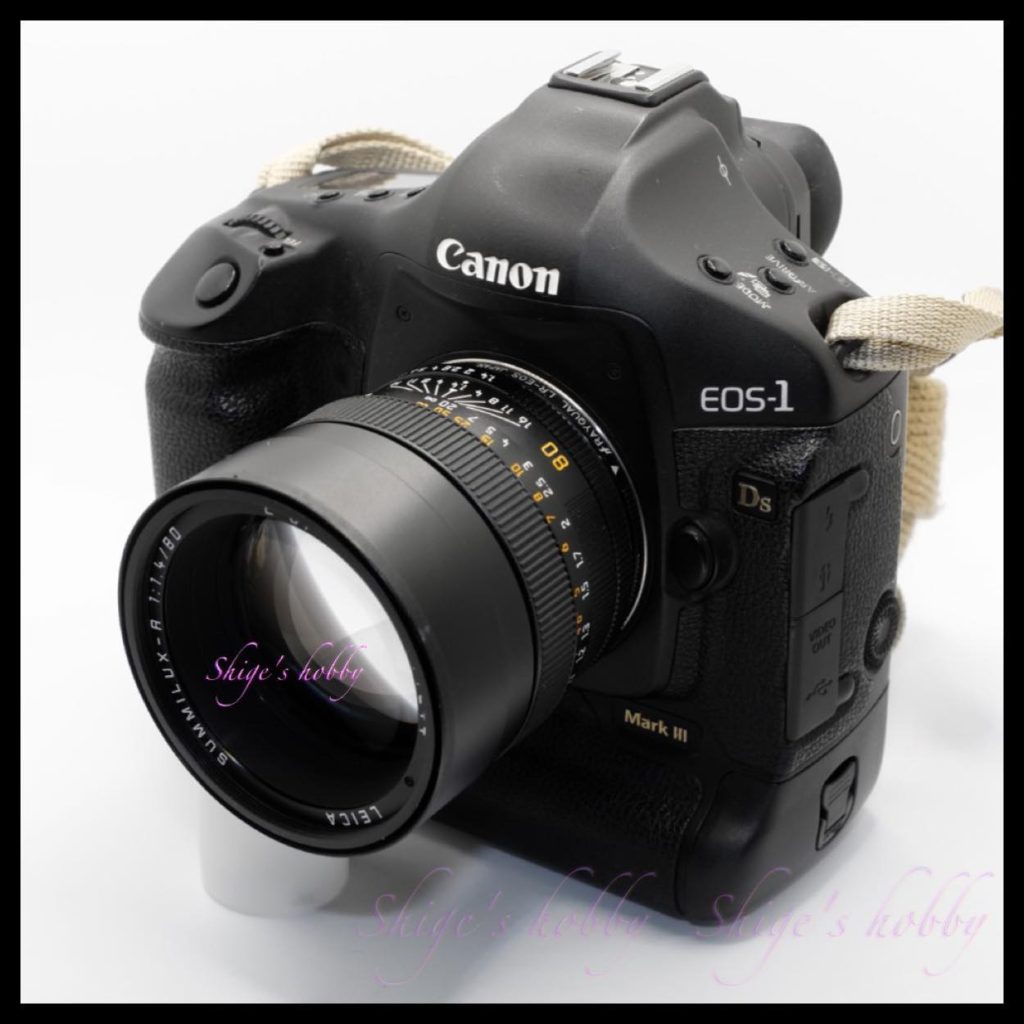
Specification
| Item | SUMMILUX M | SUMMILUX R |
| focal length(mm) | 75 | 80 |
| Maximum aperture | 1.4 | ← |
| Minimum aperture | 16 | ← |
| Lens configuration | 5groups 7elements | ← |
| Minimum distance(m) | 0.75 | 0.8 |
| Lens length(mm) | 80 | |
| Lens max diameter(mm) | 69 | |
| Filter diameter(mm) | 60 | 67 |
| Weight(g) | 560 | 700 |
| Production number | 14,752 *1 | 12,250 *1 |
| Release date | 1980 | 1980 |
Reference links
Update
- 2024.2.11:Update
- 2022.04.07:First draft
Affiliate Link
